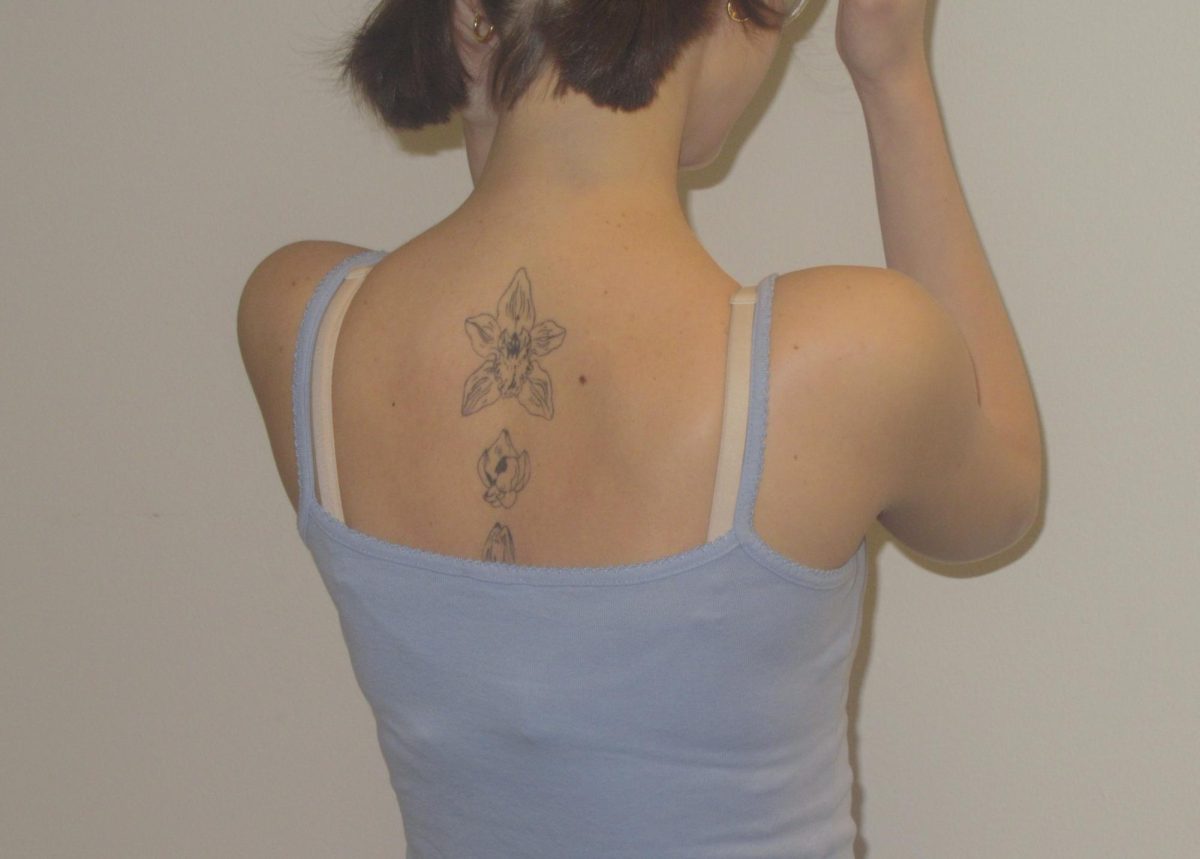Living with kindness to fight against negative moods during gloomy season
As a freshman, there is great triumph that accompanies this new academic quarter — specifically, the feat of surviving the previous one.
I am beginning to learn, however, that embarking upon my first second-term requires experiencing the hallmark blues of the season: the winter quarter slump.
As we return to campus, finely fattened from the holidays, we must dive, rather than dip, back into the rhythms we each established during the fall.
We are forced to flip our cognitive switches from Hulu to homework mode in an instant — and rightfully so. After all, we are here to learn and should be eager to do just that.
Nonetheless, this mental shift proves annually arduous for the majority of college students.
Renowned psychiatrist Dr. Norman E. Rosenthal notes that the “winter blues” associated with the lethargy of its correlating school semester are experienced by university students world-wide.
Characterized by symptoms such as difficulty waking, decreased energy and enthusiasm, difficulty concentrating, increased appetites for starches and sweets, weight gain, anxiety and decreased interest in socialization, Dr. Rosenthal recognizes the close resemblance shared by “the blues” and a specific form of mild depression.
Seasonal Affective Disorder or, quite literally, SAD, is a mood behavior disorder that typically triggers a season of depression during the dark days of the year.
Resulting from the disruption of balanced serotonin and melatonin levels, the brain chemicals in charge of regulating sleep patterns and mood, SAD leaves individuals feeling fatigued and emotionally flat.
This makes identifying SAD in college students rather challenging since these are the precise symptoms of stress.
Indeed, stress is the primary agent of the winter quarter slump, given the inherently busier schedules and increasingly bulky workloads.
Additionally, due to the already poor status of statistics regarding circadian rhythm health fostered by the average college student’s sleep habits, we are more susceptible to experiencing SAD.
Whether elevated to the degree of Seasonal Affective Disorder or not, the winter blues is certainly a prevalent and problematic phenomenon for many college students. Thus, becoming aware of it is exceedingly essential in order to ensure relief is enjoyed by all.
After the first steps of recognizing the issue and taking it seriously, Dr. Rosenthal suggests a few solutions to these doldrums, however mild or severe they are.
These remedies include more exposure to light, waking up early, eating healthy and staying active both physically and socially.
The last of these, according to my own experience, is the most impactful.
As the evidence blatantly boasts, there is a high chance that you and I will in the future, if not already, become acutely bummed-out at some point during this quarter; some of us might even endure depression.
Therefore, I present the challenge of forbidding the winter blues from defining winter quarter 2018, as it may have before for some of our peers in previous years.
I believe we can achieve this by simply being committed to being kind.
I propose a quarter of intentionality.
Knowing now that individual happiness is under attack and university morale is in dire need of encouragement, let’s reverse the conventional bleakness by assuming mindfulness when interacting with classmates, professors and strangers alike.
I have never agreed with the phrase “random acts of kindness” because compassion should not be considered an anomaly.
Instead I firmly believe in practicing “routine acts of kindness” in which everyone makes it a point to contribute at least one positive moment for one other person, every single day.
I further believe that this directly aligns with Seattle Pacific University’s mission.
If we, as a student body neglect to engage our own culture when we need it the most, if we forget to encourage the wellbeing of our fellow falcon-family members, how are we to change the world?
















































































